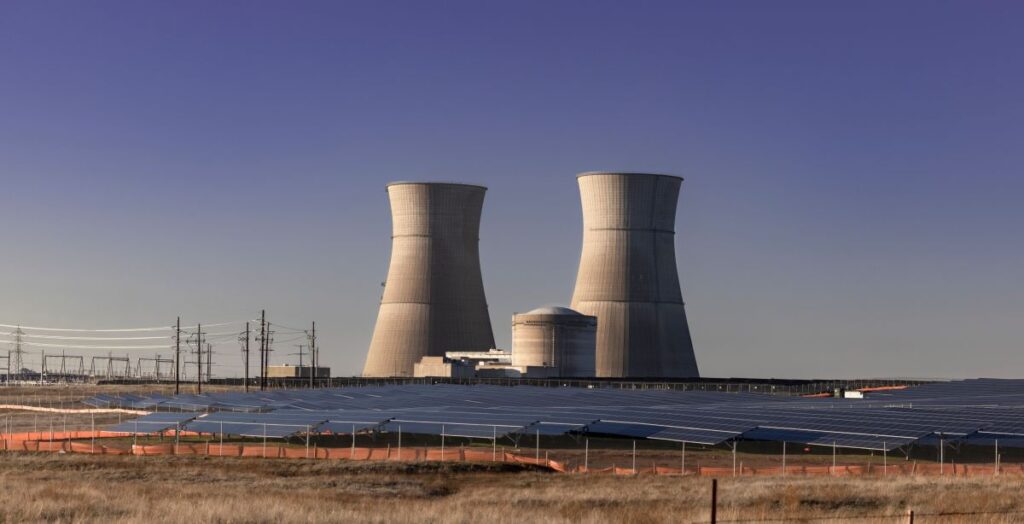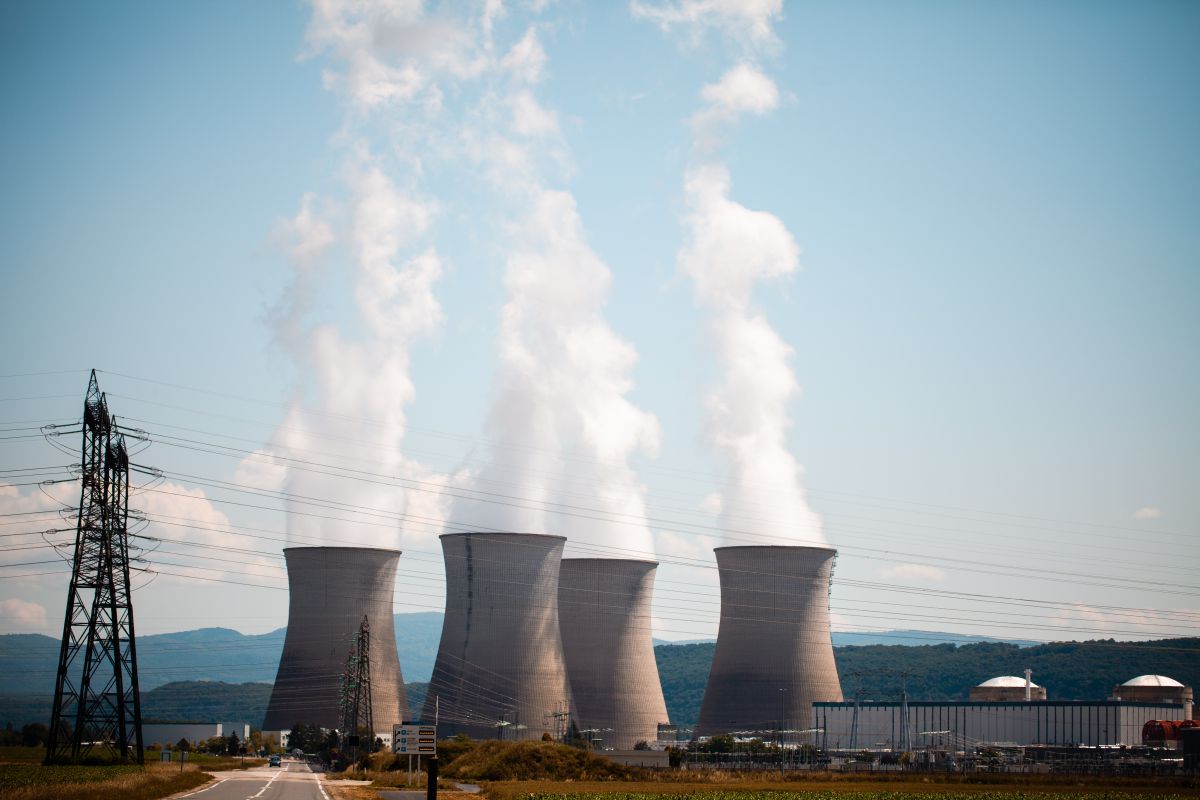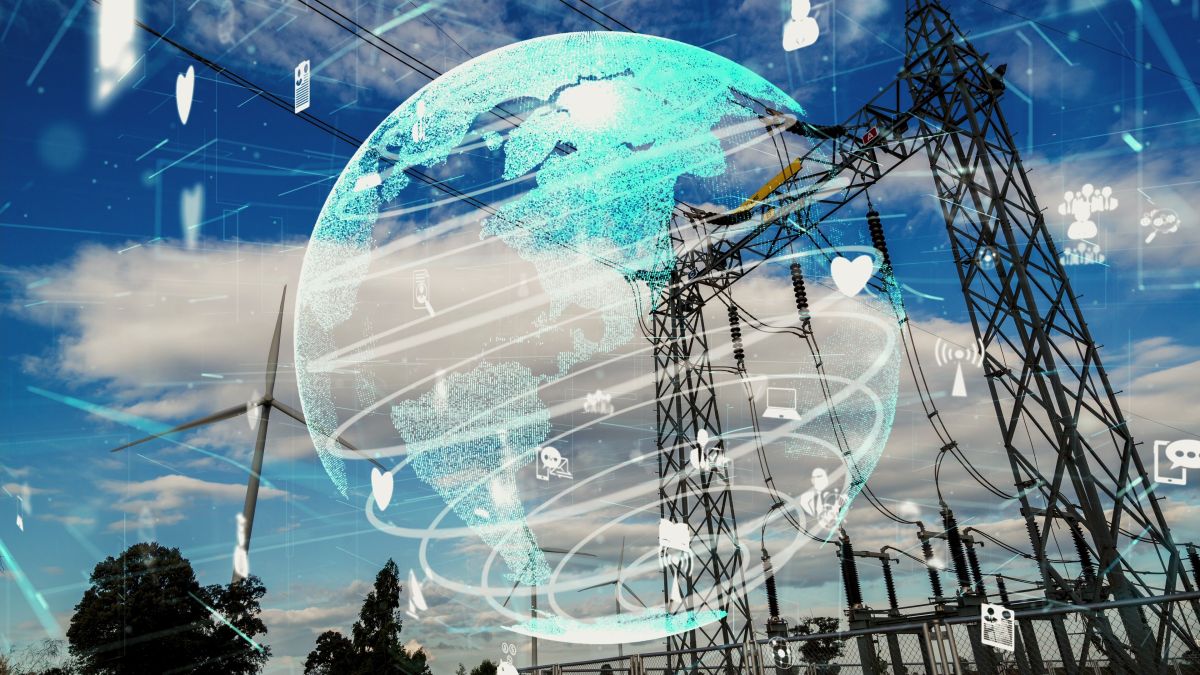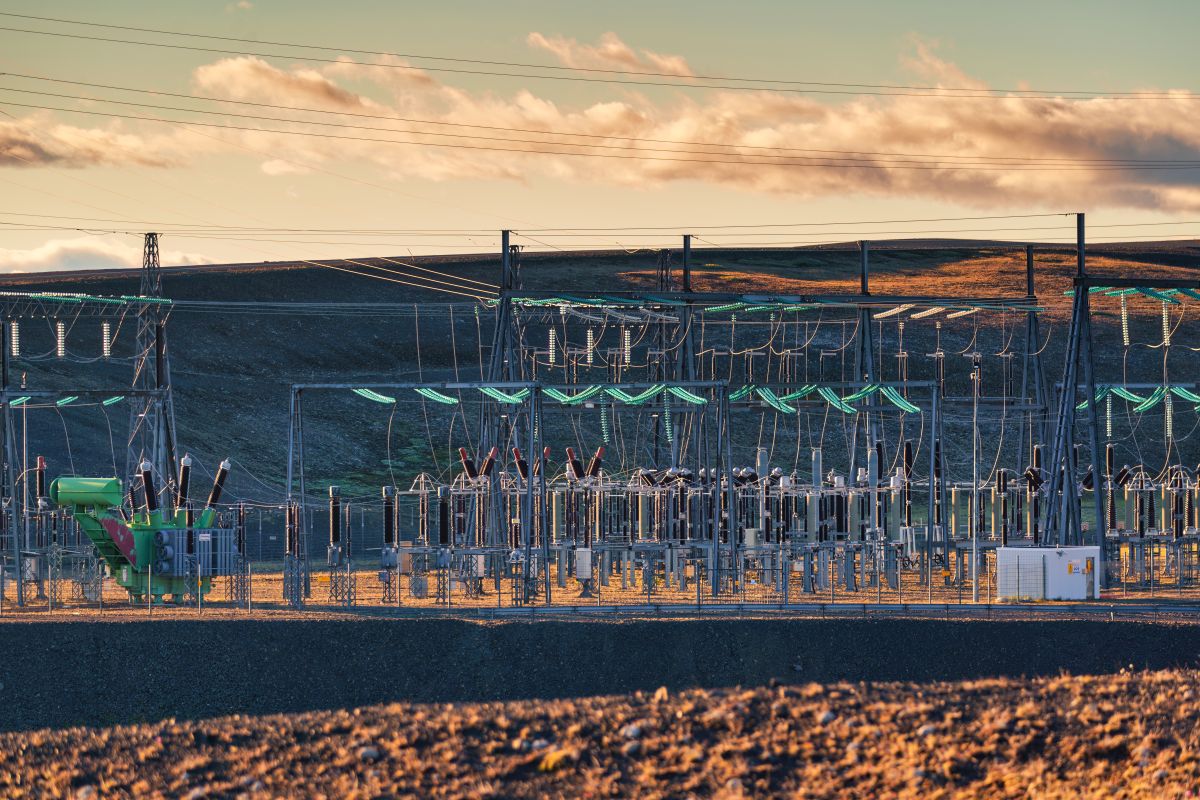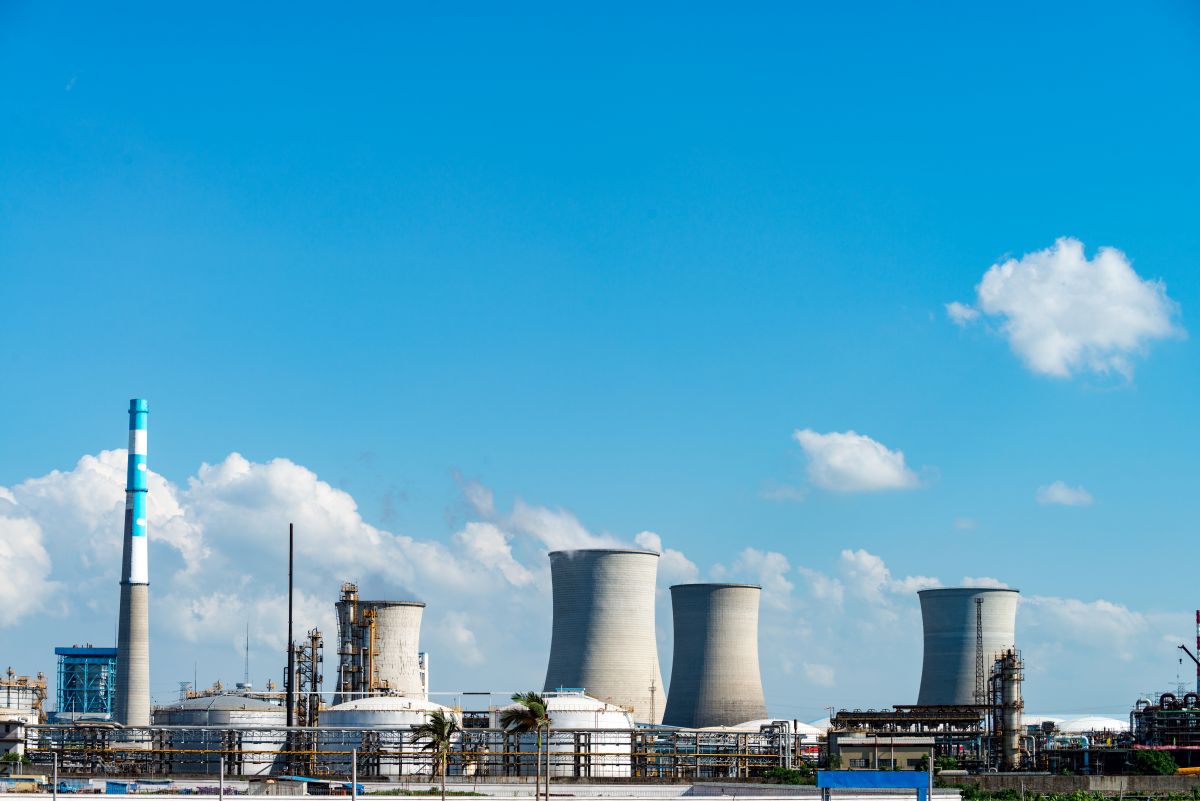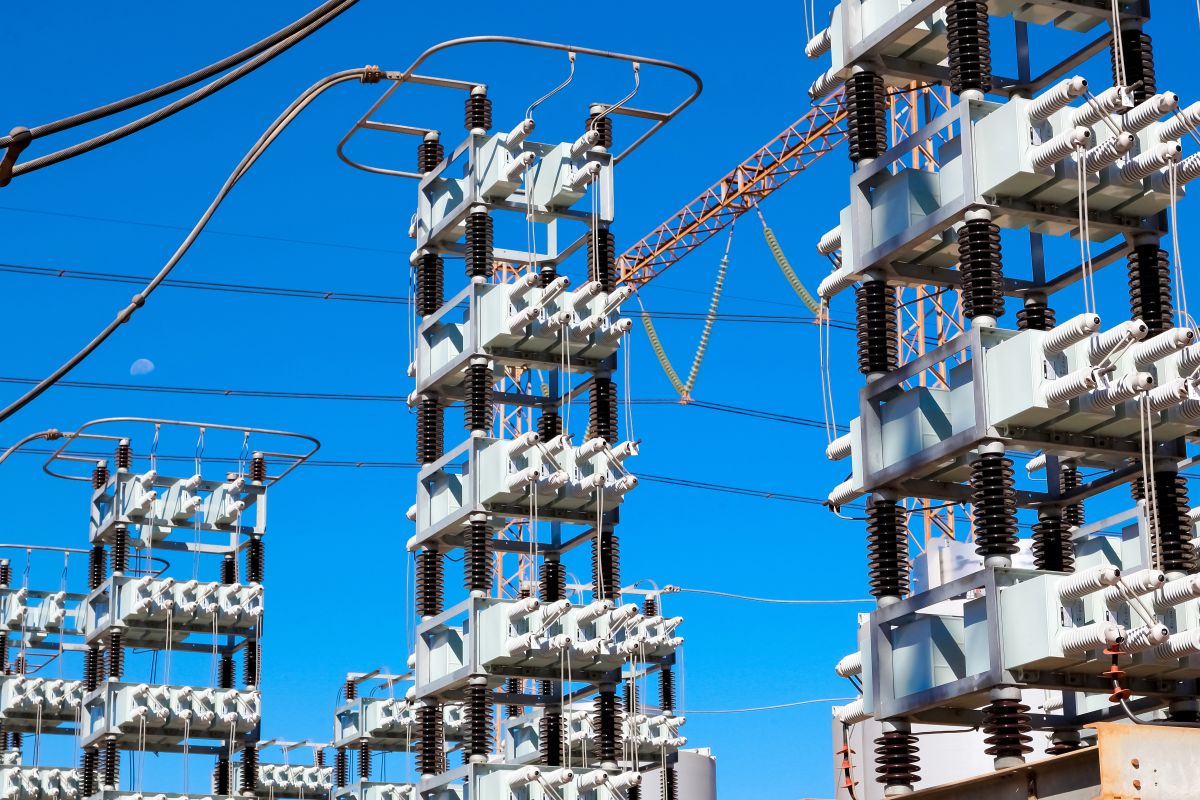With an increase in energy demands and attempts to meet decarbonization goals in the power sector at an accelerated pace, nuclear power is making a comeback in the U.S. with a commitment to a secure, clean energy future. Several ambitious projects, such as advanced large-scale reactors or small modular and microreactor projects, are redefining nuclear power in America. Let us take a better look at the five best nuclear projects gaining the most attention and leading the change of clean energy in 2025.
1. Plant Vogtle Units 3 & 4: Setting the Standard for New Nuclear Power
Plant Vogtle in Georgia is another testimony of determination and growth. Now that Units 3 and 4 are online, Vogtle is the largest nuclear power plant in the nation. Combined with Units 1 and 2, the total capacity is more than 4,500 MW. These AP1000 reactors will be the first newly constructed U.S. nuclear reactors in over 30 years and will be critical to providing non-carbon-based electricity to the U.S. with much-needed baseload electricity.
Regardless of budget overruns and construction delays, Vogtle’s new units meet their promises of large, reliable, and clean power that will help keep the grid stable with the addition of more intermittent renewable resources. Vogtle’s success proves that, given appropriate investment and regulatory help, a nuclear plant producing hundreds of megawatts of energy can lead the way toward a low-carbon world.
2. New York’s 1 GW Advanced Reactor Initiative: Powering the Next Generation
New York has ambitious climate targets of reaching a 70% renewable energy target by 2030 and a zero-emission power grid by 2040. The state government has recently directed the New York power authority to design a new, advanced nuclear plant at least 1 GW in size to help meet these goals in the light of the increasing electricity demand, particularly in the rapidly expanding data center and AI markets.
The relative importance of this project lies in the potential to either build a large-scale and advanced reactor or a multiplicity of Small Modular Reactors (SMRs). Such flexibility will enable the state to choose the most optimal technology for advancing grid reliability, economy, and integration with other clean energy sources. Planning is already underway, and it is likely that site and technology selection will take place in the next several years, the latest evidence that nuclear is perceived to be crucial in hitting climate and economic aspirations.
3. TerraPower Natrium Reactor: Redefining What Nuclear Can Be
The Natrium project by TerraPower in Kemmerer, Wyoming, supported by Bill Gates, is an ambitious move toward the future of nuclear power. The Natrium design is composed of combining a sodium-cooled fast reactor and a molten salt energy storage system. The Natrium reactor is designed to deliver 345 MWe of power and can scale to as high as 500 MWe during peak demand periods, and it is a good fit when it comes to enabling the renewable-rich system.
The Natrium project officially broke ground in June 2024 and received $2 billion in funding from the Department of Energy (DoE), with an estimated cost of approximately $4 billion for the project. Provided it is successful, Natrium can serve as the model of scalable, dispatchable clean energy that overcomes the divide between renewables and conventional baseload energy sources.
4. X-Energy Xe-100 SMRs at Dow’s Seadrift Plant: Industrial Nuclear Goes Mainstream
Nuclear power is customarily used in the production of electricity, but X-Energy and Dow are proving that small modular reactors can transform the industrial energy supply. The project will incorporate four Xe-100 high-temperature gas-cooled SMRs, 80 MWe each, at Dow’s chemical production facility in Seadrift, Texas.
This will be the first major U.S. industrial plant powered entirely by advanced nuclear energy. It’s a game-changer for decarbonizing heavy industry, which is one of the hardest sectors to electrify with renewables alone. The modular approach also means construction and operation can be faster, more flexible, and potentially more economical than traditional nuclear builds.
5. Project Pele: The Future of Mobile Microreactors
Not all clean energy needs are stationary. The U.S. Department of Defense’s Project Pele, developed by BWX Technologies, is building a prototype mobile microreactor designed for rapid deployment to remote or emergency locations. Ranging from 2 to 5 MW in capacity and small enough to transport by truck or rail, this reactor is expected to deliver safe, resilient power for military bases or disaster zones.
Project Pele is about more than just national security. It signals a future where portable, inherently safe nuclear power could provide critical backup and off-grid electricity, supporting both defense and civilian needs as the grid evolves.
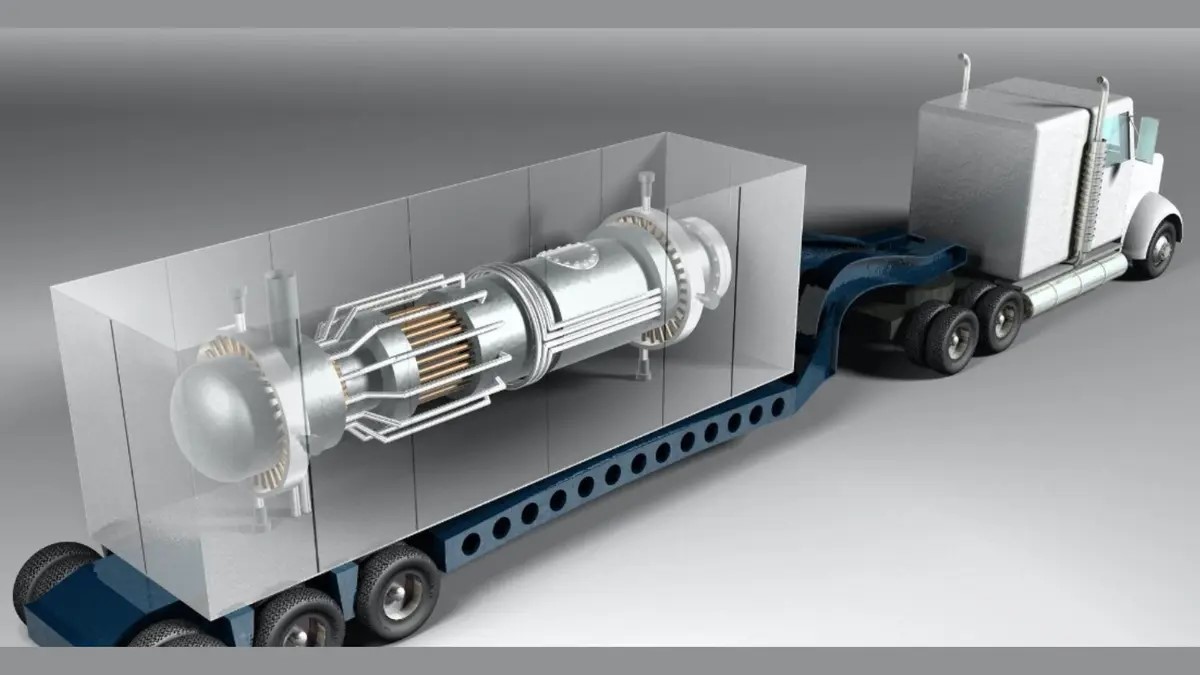
Project Impact Comparison
| Project Name | Clean-Energy Impact |
| Plant Vogtle | Adds >2 GW reliable baseload; first new reactors in decades. |
| NY’s Advanced Reactor | Potentially >1 GW, supports data centers and renewables. |
| TerraPower Natrium | Flexible, dispatchable fast reactor plus energy storage. |
| X-Energy Xe-100 | Decarbonizes industry, modular deployment for flexibility. |
| Project Pele | Portable, resilient power for remote or emergency needs. |
Conclusion:
America’s nuclear landscape is changing rapidly. From the megawatt-scale expansion at Plant Vogtle to the nimble innovation of Project Pele, nuclear energy is no longer limited to traditional power plants. It is now an integral, flexible part of the clean energy transition, providing reliable baseload, supporting renewables, and even powering industries and off-grid locations.
As regulatory frameworks adapt and investment in new technologies accelerates, these projects illustrate the diversity and potential of nuclear energy to anchor America’s clean, secure, and resilient energy future. While timelines and budgets remain challenging across the sector, these projects show a renewed willingness to invest in long-term, zero-carbon baseload solutions. The coming years will reveal how these pioneering efforts shape the next chapter in U.S. energy innovation.
1. What percentage of U.S. electricity comes from nuclear power today?
2. How much new capacity did Plant Vogtle Units 3 & 4 add to the grid?
3. What is the output and flexibility of the TerraPower Natrium reactor?
4. How many megawatts will X-Energy’s Xe-100 SMRs at Dow’s Seadrift plant produce?
5. What power range does Project Pele’s mobile microreactor offer?
Disclaimer: Any opinions expressed in this blog do not necessarily reflect the opinions of Certrec. This content is meant for informational purposes only.



